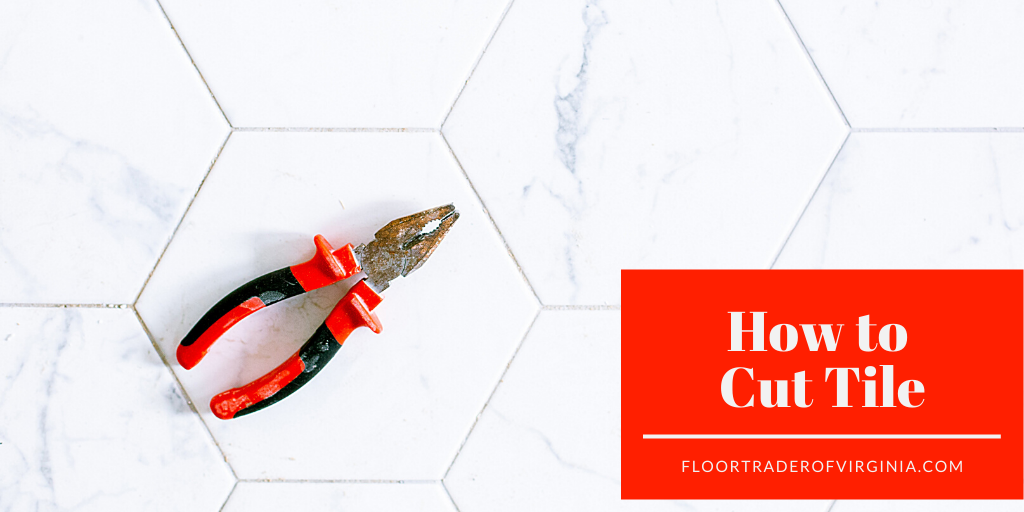
If you have decided to give tile a try in your home, we give you props because while tile is truly beautiful in almost any place you use it, it’s a big task for a DIY homeowner to take on. Aside from being inundated with options, you also have to make sure you size them properly if you want that seamless look that will be so rewarding when you’re finished. You are bound to need to cut the tile at some point in the process which brings us to the point of this article: how to cut tiles to fit your space.
There are multiple ways to cut tile but today we are just going to cover the two most popular and safest methods: manual tile cutter, a.k.a. tile snapper, and by water saw. We will guide you through both processes and from there you can decide which will work best for you.
A tile snapper is a relatively simple tool and works by scoring the tile and then applying pressure to snap the tile along that edge. It’s great for basic needs like cutting straight lines but if you want something fancy, like a curved edge, it is likely not the tool for you. Let’s go through how to operate a tile saw.
This step is a bit obvious but you’ll have to start by placing the tile in the tile snapper. You’ll want to line it up firmly against the edge of the cutter and lift the handle and tilt the pressure pad so that they are out of the way. The cutting wheel should meet the tile at the bottom edge in the place where you intend to cut it.
Once you’ve placed the tile, move the scoring wheel from the top of the tile to the bottom. Score twice so that you are sure to get an accurate cut. There should be visible marks.
Be wary, however, when you are scoring because cutting too aggressively can lead to cracks.
The simplest way to snap the tile once it’s been scored is to lift the handle, let the pressure bar pad drop down onto the middle of the tile, and apply pressure to the handle. You will come out with a clean line, if you’ve done it correctly.
You may need a couple tries to get the hang of it which is why we always suggest buying more material than you think you’ll need.
As we mentioned, a tile snapper is a bit limited in what it can do. If you’ve chosen to go the route of mosaics, you’ll want to use a tile nipper as it does better with irregular cuts. It allows you to cut smaller areas unlike both the tile snapper or saw. It also comes with a significantly lower price point than either of the other tools.
A water saw is a much more versatile tool because it can be used to make curved, diagonal, or holed cuts in tile. Plus it’s pretty simple to use.
Before getting started, make sure you are using gloves to protect your hands, goggles to protect your eyes, and a mask to keep dust and other particles from getting into your nose or mouth.
Use a marker or straightedge to measure a line on the tile where you’re going to cut it. Make sure to leave space for expansion, ideally no less than 2 inches.
As the name might suggest, a water saw needs water in order to operate as it will cool down the blade and lead to the best results.
Align the tile on the table so that the blade is lined up exactly at the line you measured earlier.
Before you start, remove the tile from the cutting area and turn the machine on, securing both ends of the tile to ensure straight lines.
Now that you’ve got everything aligned, hold the tile with both hands on either side of the tile. Push it along as the blade works its way through.
Between each tile, check and make sure the water levels are optimal.
Now that you know the different methods of cutting tile, make sure to stop by one of our locations to shop our wide selection of tile to completely transform your new space or home.